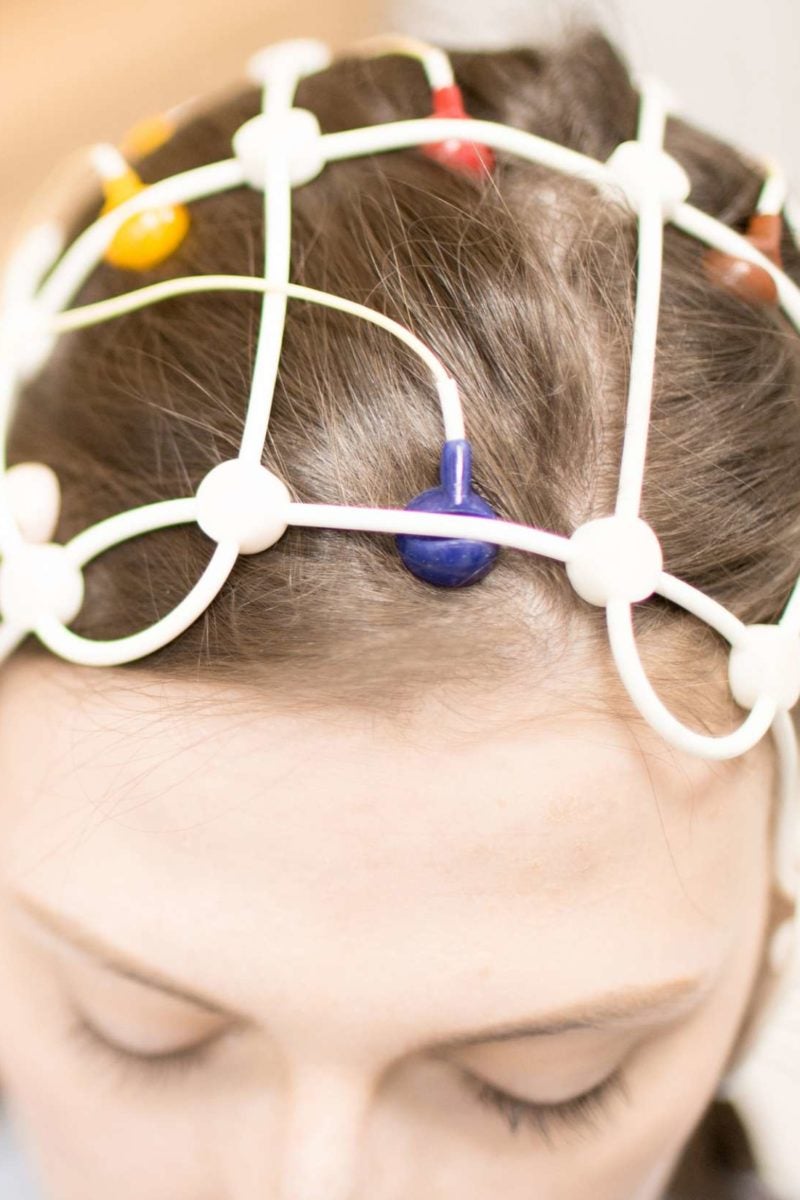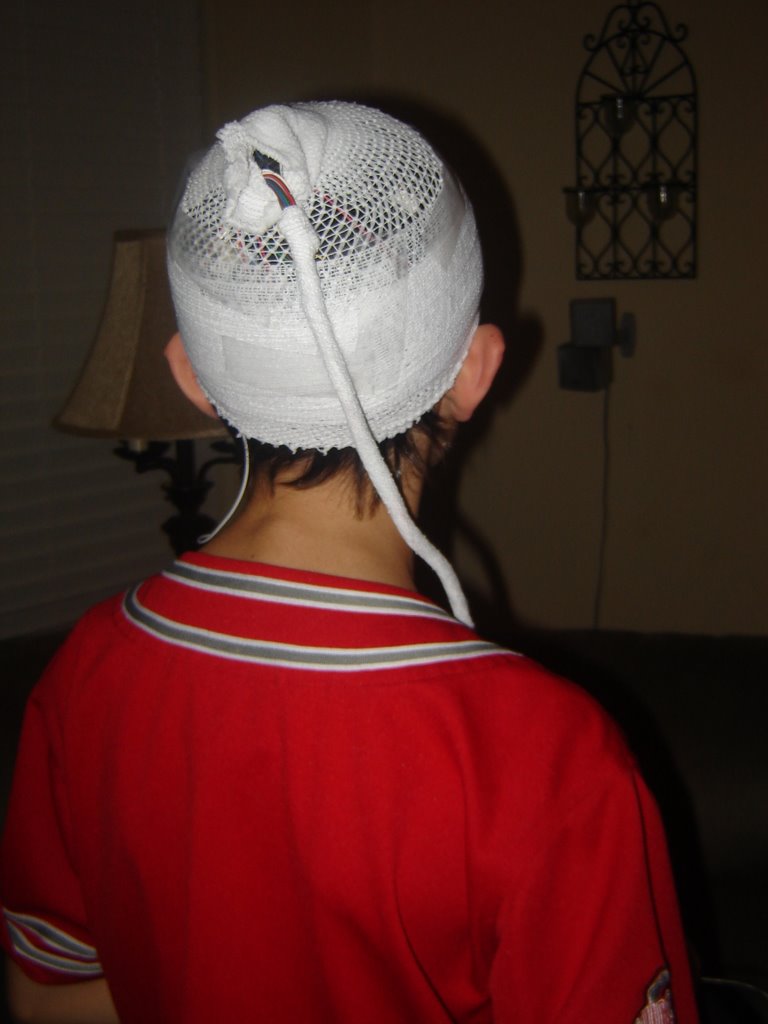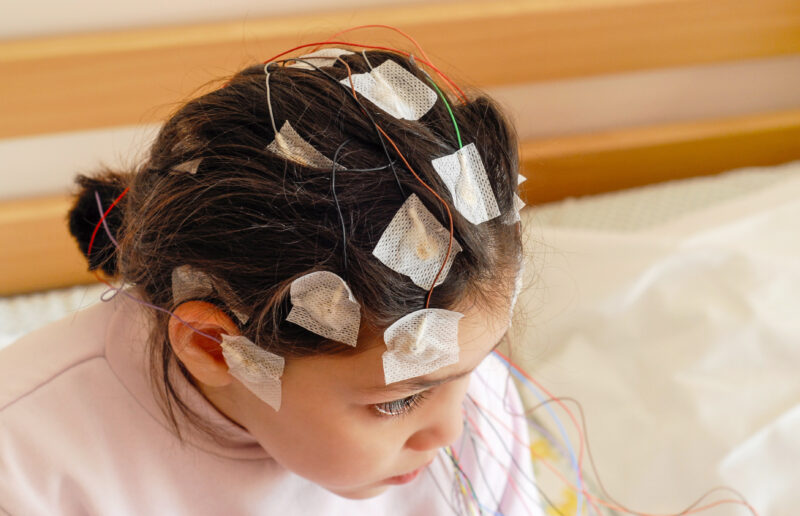

- #24 hour eeg skin
- #24 hour eeg series
Will my family members or spouse be videotaped? Why the Test is Performed?ĮEG is used to help diagnose the presence and type of seizure disorders, to look for causes of confusion or periods of unconsciousness, and to evaluate head injuries, tumors, infections, degenerative diseases, and metabolic disturbances that affect the brain. The ambulatory EEG device will be worn for a specific amount of time that your doctor believes will give him/her the best chance to find what they are looking for, usually 72 hours in most cases. Ambulatory EEG monitoring enables your doctor to observe your EEG over a prolonged period of time, and ambulatory monitoring can help diagnose your type (seizure, spells, etc.) and provides important information regarding the best treatment for your seizures. This allows the doctor to see any kind of events that you may have while you are conducting some of your normal daily activities and during sleep. Video Ambulatory EEG is considered to be the Gold Standard for EEG testing.

These lengthy tests are performed in the lab, using special computers.PREPARING FOR A VIDEO AMBULATORY EEG What is a Video Ambulatory EEG?Īn electroencephalogram (EEG) is a test to detect problems in the electrical activity of the brain. It is useful in diagnosing patients with intermittent or infrequent disturbances. Long-term monitoring is the simultaneous recording of EEG and videotaped behavior over extended periods of time. Electrodes are applied to the scalp with a glue-like substance, and the patient is sent home with a diary to record activities and any symptoms during the 24 hours. The Ambulatory EEG records brain activity for 24 hours on a small tape recorder that is worn around the waist. The current creates a tingling sensation but is not painful.


#24 hour eeg skin
Electrodes are placed on the scalp and along the spinal cord, and a small electrical current is then applied to the skin overlying nerves on the arms or legs.
Somatosensory: SSEP's assess pathways from nerves in the arms or legs, through the spinal cord, to the brainstem or cerebral cortex. Electrodes are applied to the scalp, and the patient is usually asked to stare at a pattern on a video screen while remaining fully alert. Visual: VEP's evaluate the visual nervous system from the eyes to the occipital (visual) cortex of the brain. #24 hour eeg series
The phones deliver a series of clicks or tones to each ear separately. Electrodes are attached to the scalp and earlobes, and earphones are placed over the ears.
Auditory: The BAEP assists in evaluating the auditory nerve pathways from the ears through the brainstem. For sleep tests, the patient may be asked to stay awake most of the night prior to the EEG appointment or in some cases may be given a mild sedative. Sometimes, physicians also want to observe brain patterns that occur during sleep. Both activities can help reveal different brain patterns that are useful for diagnosis. During the test, the patient may be asked to take repeated deep breaths and may be shown a strobe light that flashes at different speeds. The test itself usually takes about 90 minutes, and the principal role of the patient is simply to remain still, relaxed and comfortable. The head is measured and the electrodes are placed on the scalp with a paste-like substance. The EEG is also used to look for organic causes of psychiatric symptoms and disabilities in children, and can assist physicians in determining irreversible brain death.įor the patient, the test is not painful. Highly sensitive monitoring equipment records the activity through electrodes that are placed at measured intervals on a patient's scalp.ĮEGs assist physicians in the diagnosis of a variety of neurological problems, from common headaches and dizziness to seizure disorders, strokes, and degenerative brain disease. Electroencephalogram (EEG)Īn EEG records the electrical activity of the brain. These types of tests are performed by technologists who record information on paper or computer, and the results are interpreted by a specially trained physician. The Department of Neurophysiology/EEG at Holy Name Medical Center offers a wide array of Electroneurodiagnostic tests, which study and record the electrical activity in the brain and nervous system.








 0 kommentar(er)
0 kommentar(er)
